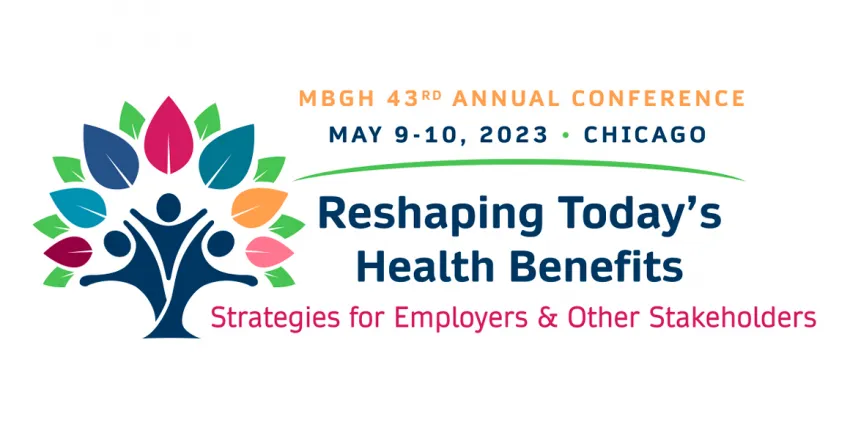



By Sarah Ziemer, Senior Vice President, Employer Sales
It’s well known that while the United States spends more on health care than any other country the expenditure doesn’t correlate with better health outcomes for the American population. The vast majority–90%–of our nation’s $4.1 trillion of annual health care expenditures is spent on the management of chronic conditions and mental health, and much of these costs stem from low-value health care.
Recently my colleague Jake Schauer and I had the opportunity to attend the Midwest Business Group on Health’s 43rd annual conference “Reshaping Today’s Health Benefits: Strategies for Employers & Other Stakeholders,” where many of us discussed wasted expenses, low-value care, and how costly chronic conditions are connected to a slew of unmet needs.
More than half of the U.S. population suffers from a chronic condition. While it would be easy to assume that those who access health care services the most have the best outcomes, the reverse is true. Increased interaction with health professionals isn’t enough to influence behavior change or bridge gaps in care.
Instead, we’ve found that those dealing with a chronic condition benefit from personalized, one-to-one guidance that takes a whole-person approach to their lifestyle and health. At MOBE, our Guides examine each participant’s movement, nutrition, stress, and sleep, and our Pharmacists thoroughly review their medications to build out an approach with the participant and their providers to support their health goals. (To read more about the care experiences of people with chronic health concerns, check out our Chronic Care Action Index.)
Our model is unique and our one-to-one approach is disruptive in a space of vendors focused solely on telehealth or individual condition-based solutions. One of the conference presenters, Joe Toniolo, Senior Director of Health and Welfare Plans at US Foods, discussed the need for disruptor solutions that “shock the system with innovation.” He encouraged attendees to stay proactive, work with industry groups and make it easier for solutions to reach hard-to-reach populations. As an advocate for disrupting the status quo, I couldn’t agree more with his prescription for success!
Another key conference takeaway is that employers must ask their benefits providers tough questions while evaluating solutions and gauging success.
Some important questions included:
To reduce the rising cost of care and the growing number of people facing chronic conditions, it’s essential that employers take a close look at how their benefits are improving employee health in ways that impact outcomes and generate proven cost savings. When employees are healthier and feel more connected to their behaviors, health care utilization and associated claims costs are reduced. MOBE works directly with employers to analyze their claims data and demonstrate these savings.
By identifying and reaching people who benefit most from a whole-person approach, we can connect people to the care they really need, drive the engagement that makes a difference, and cut low-value, high-cost care out of employee health solutions.